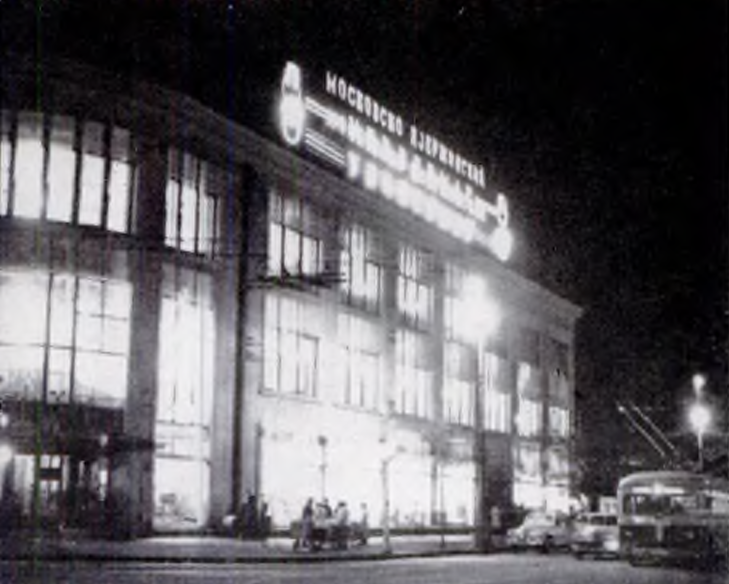Second Session of the Anti-Fascist Council for the National Liberation of Yugoslavia, Nov. 29 1943
- Michael Laxer
- Nov 29, 2023
- 2 min read

State Coat of Arms of the Socialist Federal Republic of Yugoslavia
The Second Session of the Anti-Fascist Council for the National Liberation of Yugoslavia (AVNOJ) was held on November 29, 1943, in Jajce, Bosnia and Herzegovina. The council was established by Josip Broz Tito, the leader of the Yugoslav Partisans, an armed resistance movement led by the Communist Party of Yugoslavia to resist the Axis occupation of the country during World War II. The council was a deliberative and legislative body that played a crucial role in the establishment of a new Yugoslavia as a state union of equal peoples. The council reconvened in Belgrade in 1945, shortly after the war in Europe ended.
The date was featured on the State Coat of Arms of the Socialist Federal Republic of Yugoslavia until the counter-revolution.
From the Yugoslav press:
STATE COAT OF ARMS
The state coat of arms of the Socialist Federative Republic of Yugoslavia consists of a round surface surrounded by corn spikes. The spikes are tied by a ribbon on which the date of 29 XI 1943 is inscribed A five-pointed star is placed between the tops of the spikes. In the middle of the round field there are six torches (the six republics); the torches are placed slantwise and their flames are joined in one united flame.
The date on the ribbon indicates the day when the historic Second Session of the Anti-Fascist Council of the People's Liberation took place in Jajce and when the representatives of all democratic and patriotic organisations ( united in the People's Liberation Movement of Yugoslavia) made the decisions which were to become the foundation stones of the future community of fraternal Yugoslav peoples.







Comments